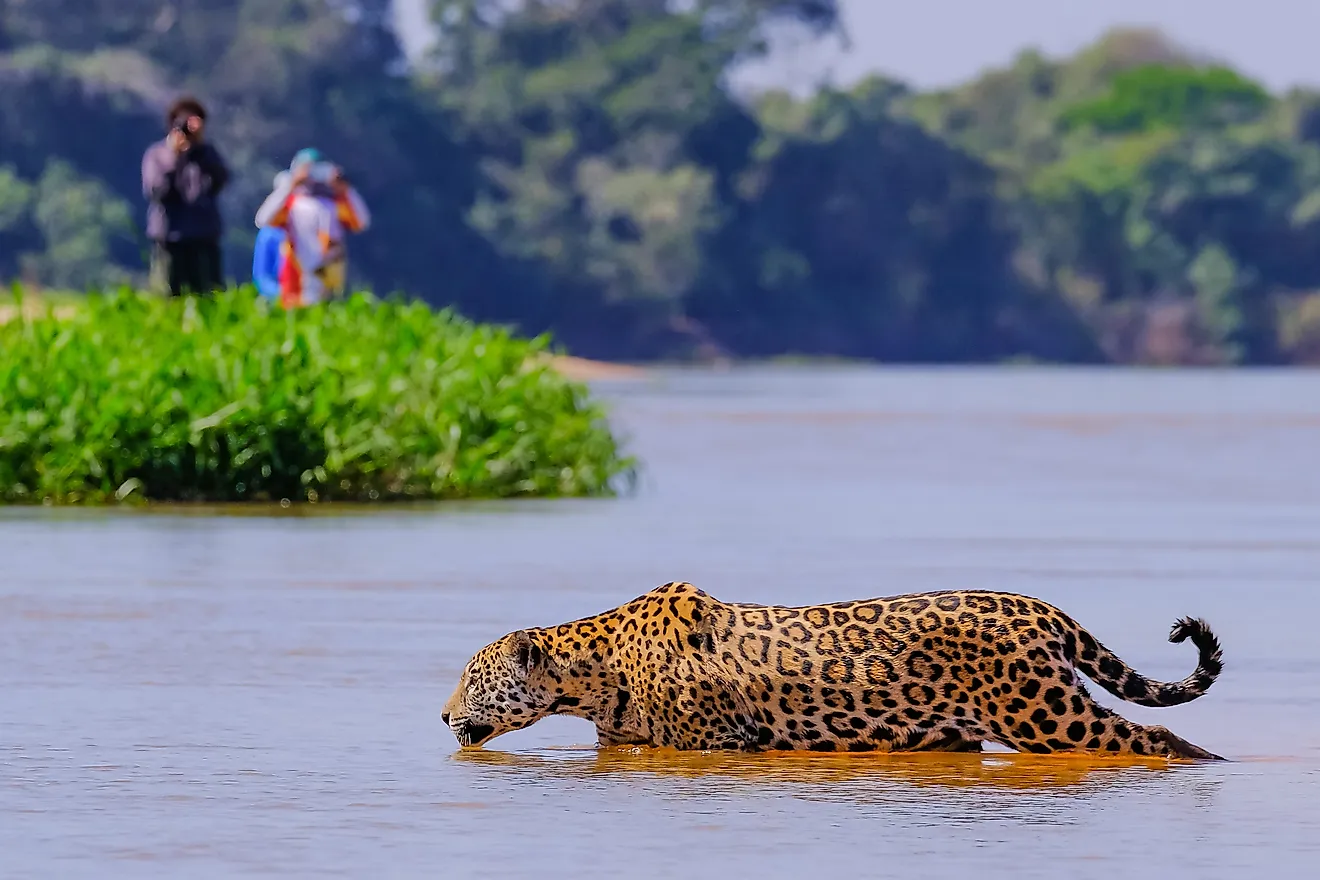Here's How Rivers Are Actually Formed
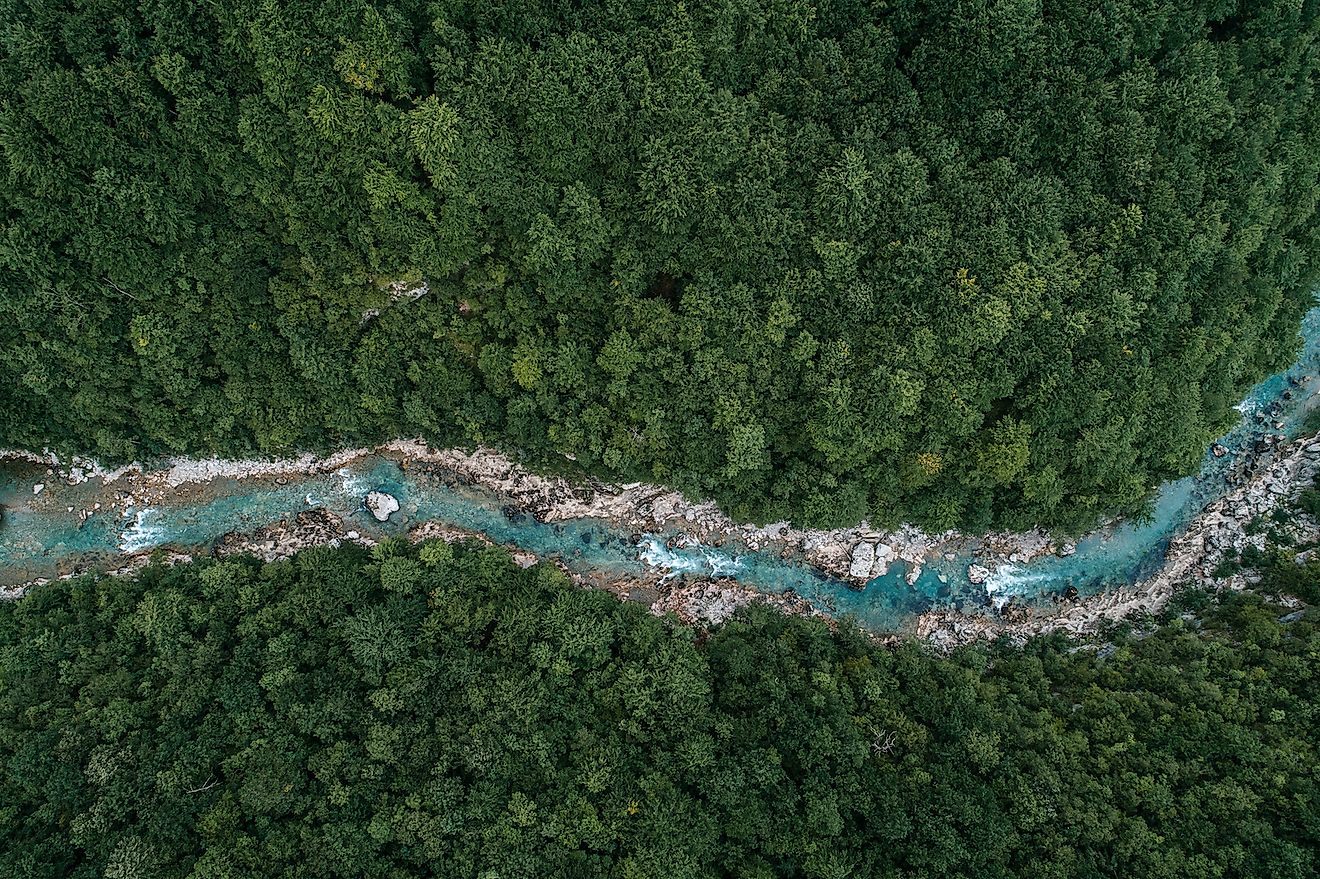
- Rivers are formed in valleys between ridges of land.
- Most of the water in a river comes from runoff after a rainfall.
- There is water that is thousands of years old resting in aquifers deep beneath the Earth's surface.
By definition, a river is “a large natural stream of water flowing in a channel to the sea, a lake, or another such stream.”-Lexico.com
Rivers are an important part of nature’s water cycle, and are home to natural resources that both humans and animals depend on. Rivers carry water, but they also transport other contents. According to National Geographic, scientists estimate that if you measured all the salt that rivers carry from the land out to the seas, you would find it to be about 3.6 billion metric tons (four billion tons). That's a lot!
Sometimes it can seem like your favorite river never changes and has been there since the dawn of time. At other times, you may witness a river come and go with the seasons. Rivers may have a lifespan, although it can be a very long one, and they are formed in nature as a result of large forces at work in the environment.
Volcanoes, runoff, and groundwater all play a part in how a river is formed.
Volcanoes: The Origins Of Water
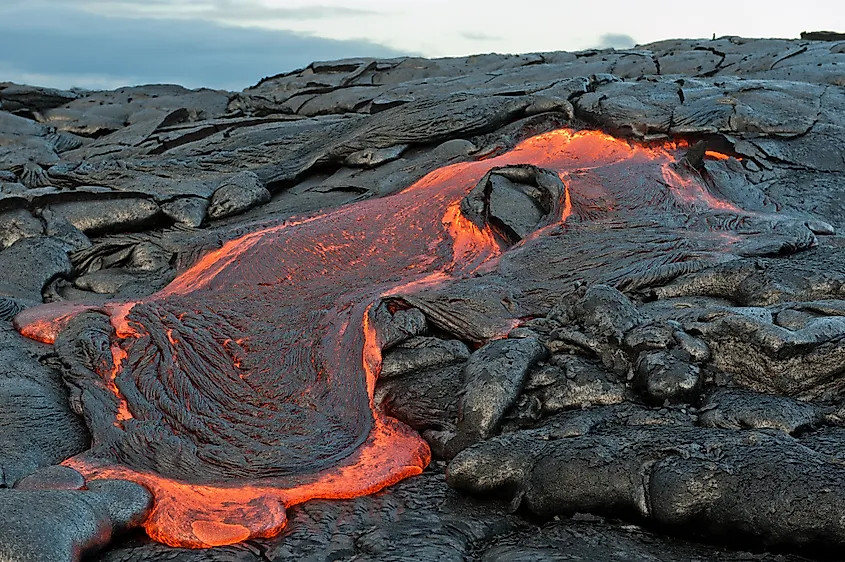
It may come as a surprise to you, but volcanoes are actually responsible for increasing the volume of water on Earth. Scientists believe that Primordial Earth, (Earth in its very early stages), was an incandescent globe of magma. When water from inside the magma was released, this started to cool the Earth’s roasting hot atmosphere. Once temperatures cooled enough, water could stay on the Earth’s surface as a liquid, rather than evaporate. Amazingly, this was the origin of water on our planet. To this day, volcanoes continue to be the source of additional water on Earth’s surface and in the ground.
Water Cycle
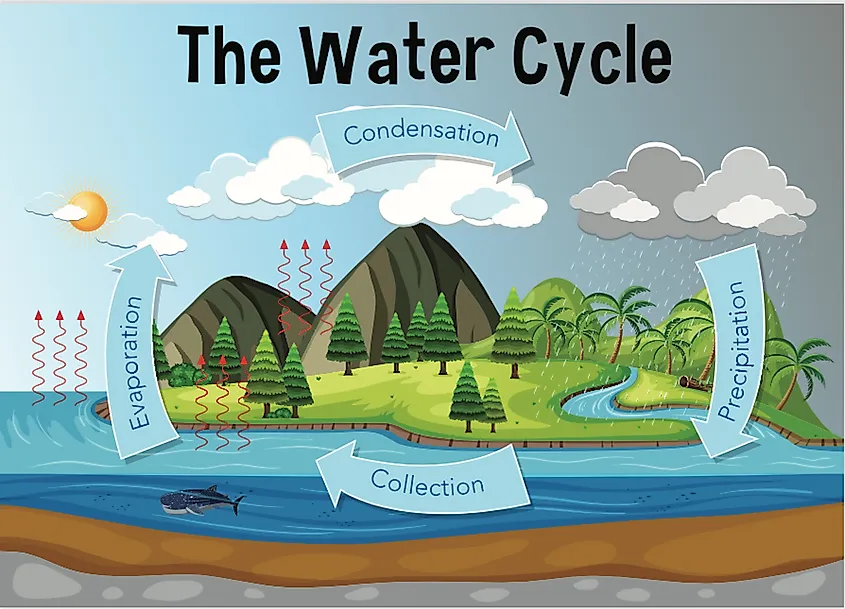
An important part of where you may find water on Earth involves the water cycle.
When water on the Earth’s surface, such as that found in lakes, rivers, streams, and oceans, evaporates, it creates clouds in the air. Once the density of water in the clouds becomes high enough, the water is released as rain. The rain returns water to the Earth, and the cycle begins again. Of course, some water is used by people and animals along the way, and does not remain in this cycle, but this cyclical flow of water in our environment is generally what maintains our water on Earth. This is called the water cycle.
When it comes to rivers specifically, most of the water found in them originates as runoff that trickles and flows in from the land beside the river following rainfalls. This runoff is formed by rain and groundwater.
Moving From Higher Elevations To Lower Elevations
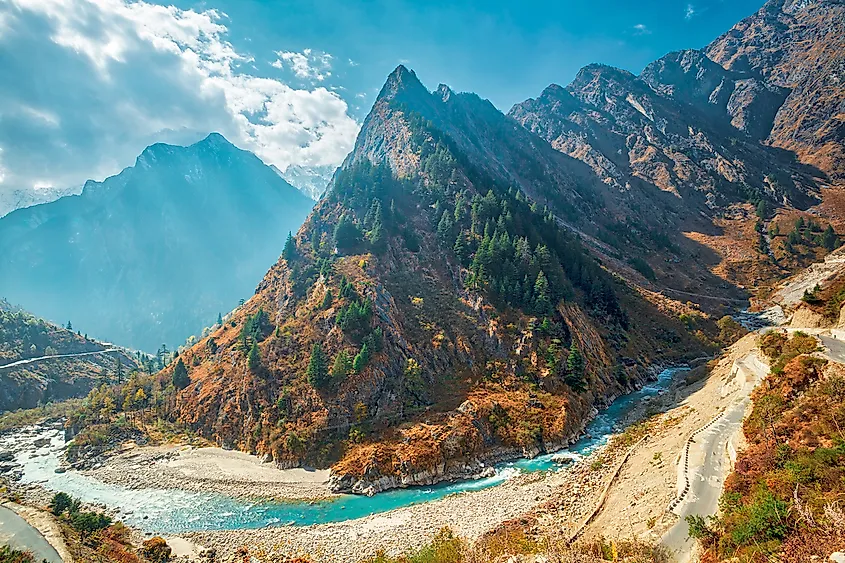
Generally speaking, water moves from higher elevations to lower elevations on Earth. This is a rather fancy way of saying that water flows downhill (but not always South). This process is initiated in small creeks, which meander through landscapes and merge to create bigger streams and rivers. These rivers eventually flow out to the ocean.
The location where water begins to flow in a river is called its headwaters. If you have a river running near your home, you may not have noticed that you live in a valley, but you do. Rivers form and flow between ridges in landscapes, with higher land on either side. Sometimes these ridges are quite noticeable, such as those that form the edges of the Grand Canyon, and at other times they can be more subtle to the eye. The land between the ridges that collects rain and other precipitation is called a drainage basin, or a watershed.
Of course, not all of the runoff that hits the ground ends up flowing down the watershed into rivers. Some rain is lapped up by animals looking for a refreshing drink, and some is used by us humans for washing, cooking, drinking, and creating energy, among other things.
In addition, some water ends up soaking into the ground after a rainfall, and it fills underwater aquifers. After it rains, water flows horizontally and downward over permeable layers of rock and dirt. Most rainfall falls back into rivers one way or another, however.
The Role Of Groundwater
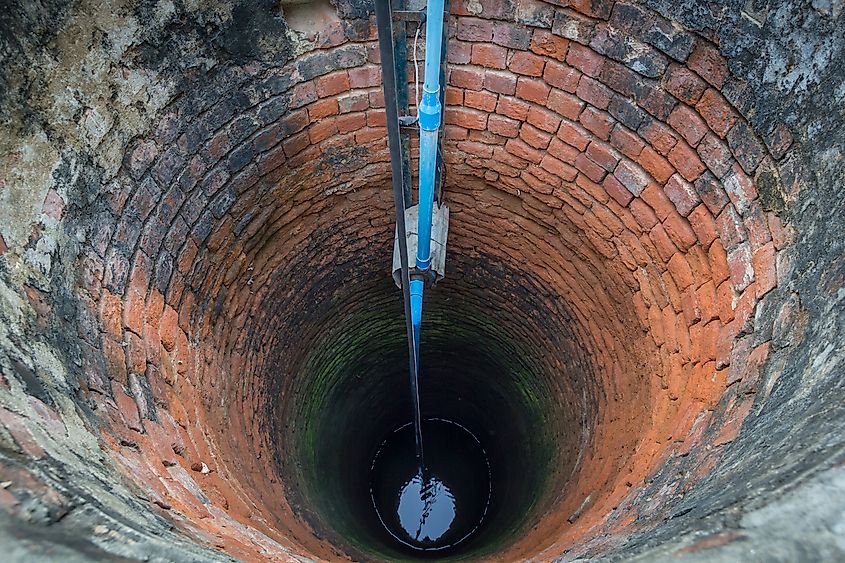
As anyone with access to a well will tell you, the water we can see on Earth is not the only water we actually have. Underground you can find very large amounts of water in aquifers, all around our planet. In fact, it is said that there is far more water below the Earth’s surface than there can be found in our rivers and lakes. Scientists say there is about one thousand times more groundwater on Earth than fresh water above the surface.
Sometimes groundwater is relatively easy to access, and is not located that far down. Hydrologists claim that some groundwater is just hours old following a rainfall. The deeper you go, however, the older the water can be. At a moderate depth, it is said that groundwater may actually be about 100 years old, and if you go far enough down, the water underground can even be many thousands of years old.
Groundwater can add to rivers after a heavy rainfall. It does this when it “overflows” onto the Earth’s surface. When the Earth becomes so saturated with water that water rises up from aquifers that are too full, this is technically not called runoff. It is groundwater that is seeping out, which will flow down the watershed to join the rivers.
Why Rivers Are Essential To Life

We need rivers in order to live, and so do many other species. Humans have built their homes and civilizations around rivers since the beginning of time because rivers offer us a source of drinking water, a way to clean ourselves, and a source of different types of food. Animals found in the river can nourish us. Predators can hunt their prey that comes to riverbanks in order to drink and eat. Rivers have enabled us to build industries and towns by harnessing hydropower and by moving goods along the water's surface from one location to another. Irrigation, waste disposal, and power generation have all been made possible, for better or for worse, by the presence of rivers in our societies. Without rivers, we would not have developed as have, as the human race.
